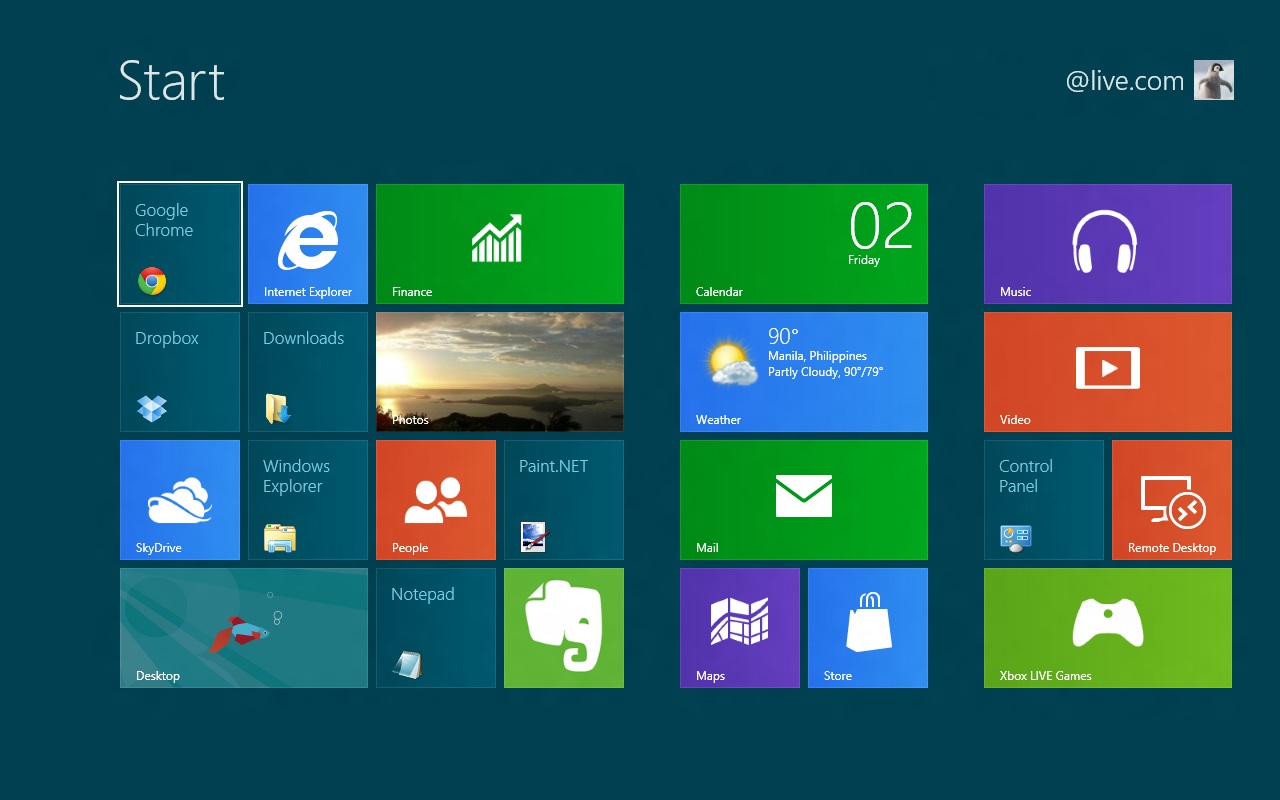

Click the 'Sounds' tab and check the box marked 'Play Windows start-up sound'. Search for 'Sound' to open Windows' audio options, and select 'Sound control panel' from the right-hand side. Double-click 'ExcludeFromCPL' and change the value data from '1' to '0'. Navigate to HKEY_CURRENT_USER > AppEvents > EventLabels > WindowsLogon. Now type 'regedit' into Windows 10's search box to open the Registry Editor. Download the cheery Windows 7 startup sound (opens in new tab) as an MP3 (the different download options are on the right) then use Online Audio Converter (opens in new tab) to convert it to WAV format. This final tip is far from essential, but it's fun.

You can also change the 'Search' option to 'Hidden' (the Search bar will still appear in the Start menu). You can also right-click on the taskbar and uncheck 'Show task view' and 'Show Cortana button' to hide two tools that weren't present in Windows 7. Click 'OK', then open the Start menu to see the change. Launch the program, click the 'Start menu style' tab and select 'Windows 7 Style'. There are no potentially unwanted programs to worry about. To try it, download the latest release (opens in new tab) and run through the installer as directed. Thankfully, you restore the menu to its former glory using a free tool called Open-Shell-Menu (formerly known as Classic Shell). The Start Menu returned in Windows 10, to the relief of many, but it still looks quite different to the one you know and love from Windows 7. Microsoft tried getting rid of the Start menu altogether in Windows 8, replacing it with a colorful screen of rectangular tiles much like your phone's app selector.


 0 kommentar(er)
0 kommentar(er)
